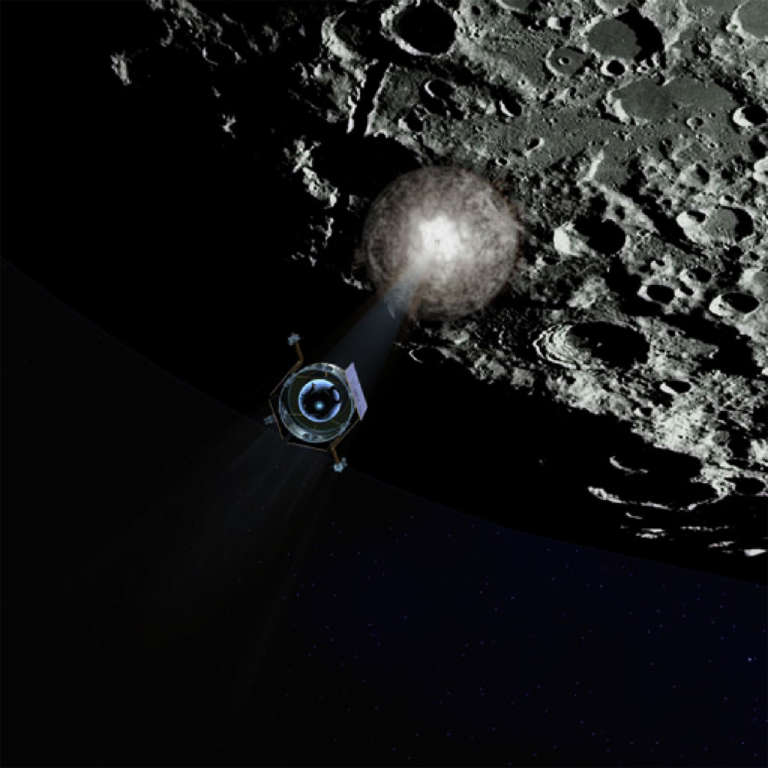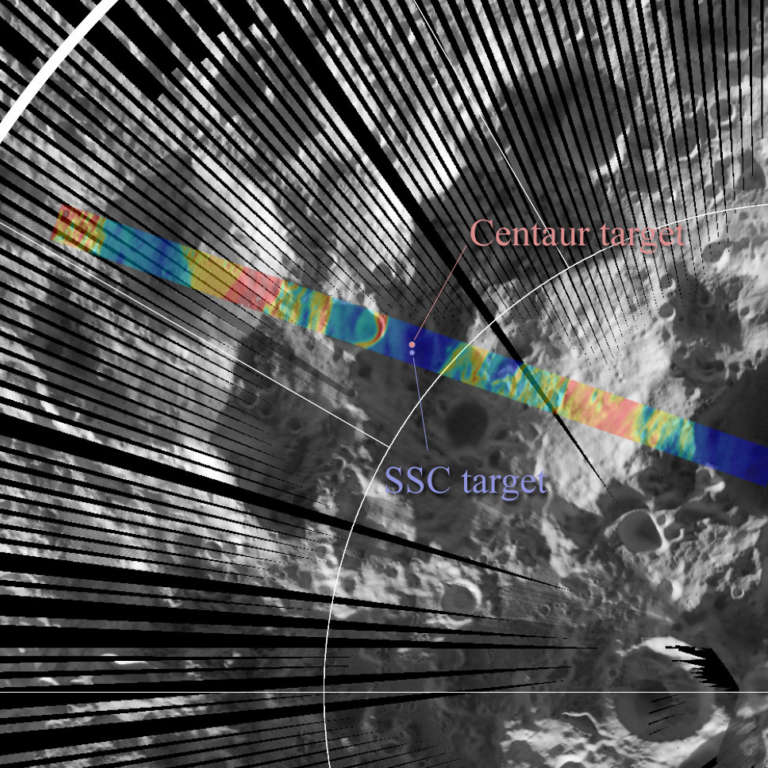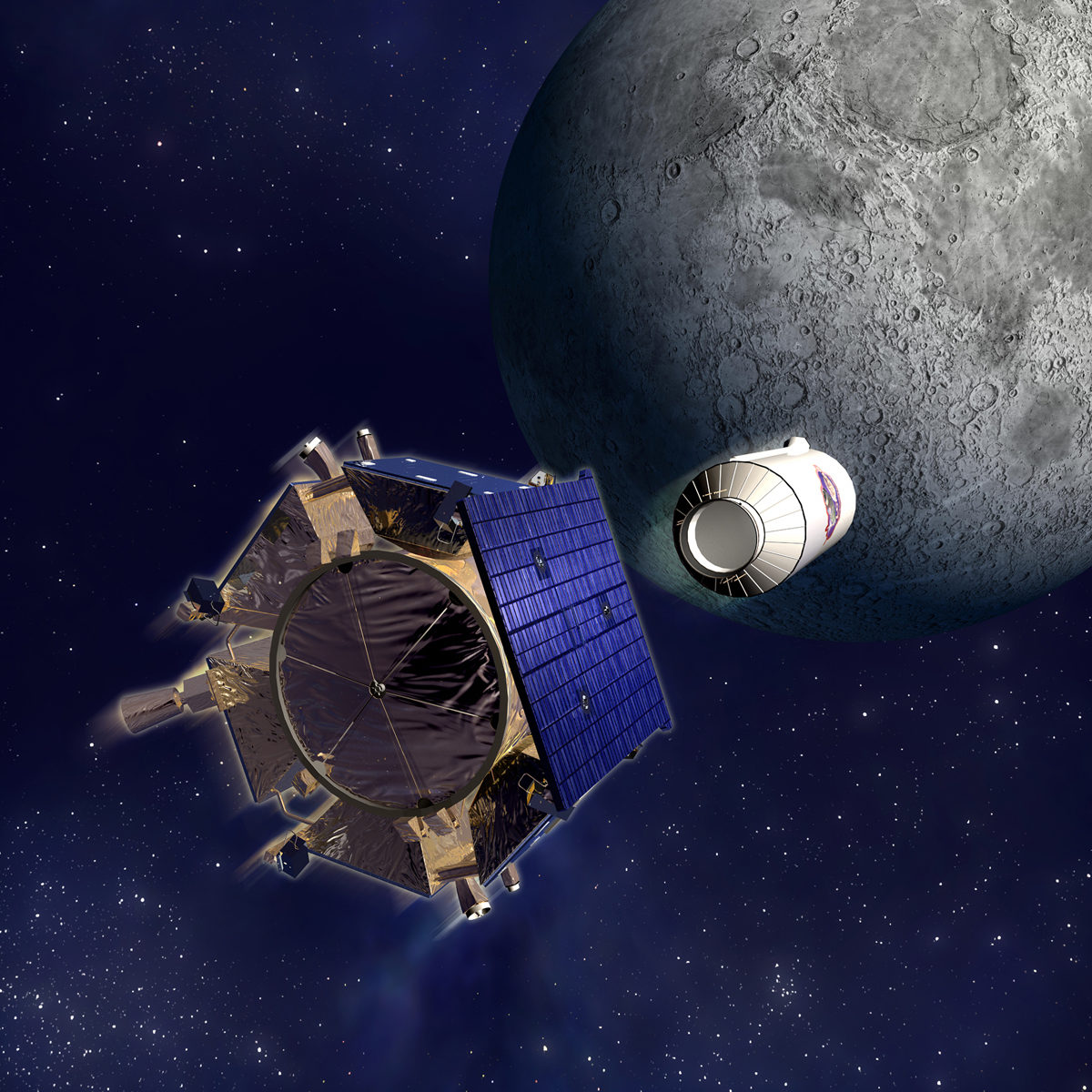All
All
Stories, updates, insights, and original analysis from The Planetary Society.
That psychedelic M-cubed Moon movie explained
Advance warning: this entry may be a little technical for some.
Video from Palomar Observatory on LCROSS impact night
The Palomar Observatory adaptive optics image of the crater Cabeus remains the best I've seen from ground-based telescopes of the LCROSS impact site.
Lunar Reconnaissance Orbiter Diviner detection of LCROSS impact
The Lunar Reconnaissance Orbiter Diviner team just released some preliminary views of their data taken during the LCROSS impact, which clearly shows the thermal signature from the crash into the Moon.
Graphics from the LCROSS press briefing
It's been a little difficult to get a hold of the graphics that they used at this morning's press briefing.
LCROSS: A "morning after" wrapup
So the big drama on LCROSS is over.
LCROSS visible spectrometer data showing impact flash
This plot just shows the aggregate radiance in ultraviolet and visible wavelengths -- all wavelengths -- seen by one of LCROSS' spectrometers after the Centaur hit the Moon.
MMT image of the plume and its shadow?
I am pretty sure this image shows the LCROSS impact plume and its shadow as seen from the MMT observatory in Arizona, but as Alan Boyle just pointed out, the time stamps indicate the photos were all taken before the nominal impact time.
Palomar image of crater Cabeus after LCROSS impact
Here's the sharpest optical image shown today of the Moon, from Palomar Observatory.
LCROSS impact recap, with animations
Quite a night! I set my alarm for 3:15 am in order to get up and watch LCROSS crash into the Moon.
Screen caps of NASA TV LCROSS camera images
I am having issues with TwitPic this morning, so will occasionally post new images from the LCROSS camera to this blog entry.
Gorgeous Kaguya image of Cabeus crater; where to watch impact
I'm back online and ready to watch LCROSS smash into the Moon this morning!
LCROSS impact preview
Way early tomorrow morning, LCROSS and its Centaur upper stage will crash into the lunar south pole.
A couple of helpful visualizations of LCROSS impact
The visualization studio at Goddard Space Flight Center has just posted some handy simulations of what we can expect the LCROSS impact to look like.
LROC nabs image of the Apollo 14 S-IVB impact site
As a reminder that we've been crashing stuff into the Moon for decades, the Lunar Reconnaissance Orbiter Camera (LROC) team released today a photo of the crater made by the spent upper stage of the Saturn rocket that lofted the Apollo 14 mission to the Moon.
LCROSS Centaur separation and braking burn successful
LCROSS and its Centaur upper stage have separated successfully, and the LCROSS shepherd spacecraft has braked in order to follow behind the Centaur when both impact the Moon tomorrow.
The "Water on the Moon" Hoopla, Part 1: There's water on the Moon!
For a couple of weeks now, I've been hearing rumors about an upcoming announcement concerning Chandrayaan-1 Moon Mineralogy Mapper (
The "Water on the Moon" Hoopla, Part 2: The murkier part of the story
How much water is there on the Moon, and is it in a form that human explorers could use? This part of the story has many more questions and many fewer definite conclusions.
Interpreting a crater on the Moon
The images from the Lunar Reconnaissance Orbiter Camera or LROC are absolutely stunning.
The Power of Lighting Conditions
For over four decades, the lunar science community has absorbed the information from the Apollo missions. Although many important questions were answered, many important new questions are waiting to be tackled -- which is the very essence of science and exploration.
Science enables exploration, exploration enables science
One primary goal of the LRO mission is to acquire the amazing bounty of scientific data necessary to enable future human lunar exploration and utilization. But why should we even bother going back?


 Explore Worlds
Explore Worlds Find Life
Find Life Defend Earth
Defend Earth


 Sun
Sun Mercury
Mercury Venus
Venus Earth
Earth Mars
Mars Jupiter
Jupiter Saturn
Saturn Uranus
Uranus Neptune
Neptune Small Bodies
Small Bodies
















